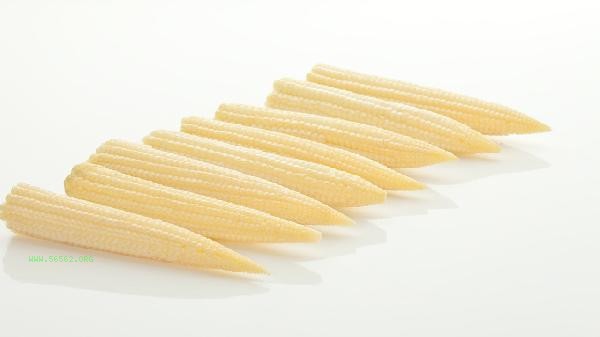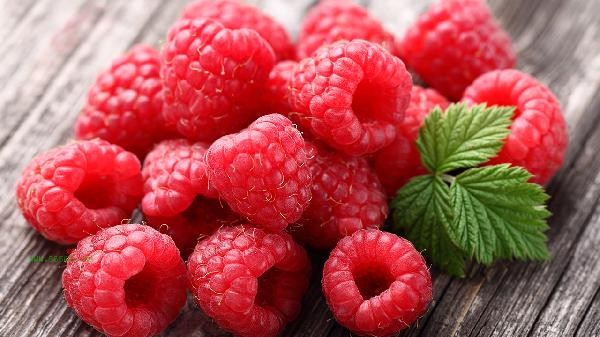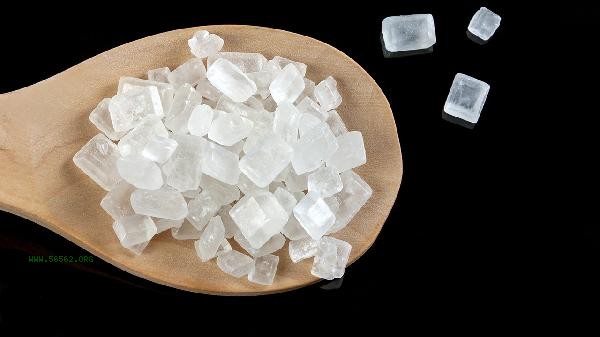The main cooking methods for preserving food nutrition include steaming, low-temperature slow cooking, raw food, stir frying, microwave heating, etc. Reasonable selection of cooking methods can reduce the loss of nutrients such as vitamins and minerals, while improving the digestion and absorption rate of food.

1. Steaming
Steaming uses water vapor to transfer heat, and the temperature is usually controlled below 100 degrees, which can maximize the retention of water-soluble vitamins. The loss of vitamin C and B vitamins in vegetables is relatively small during steaming. For example, steaming broccoli for 5 minutes can retain more than 90% of vitamin C. Protein foods such as fish and eggs are steamed separately to avoid protein denaturation caused by high temperatures and maintain fresh and tender meat. It is recommended to cover and reduce oxygen contact during steaming to prevent the damage of antioxidant components.
2. Low temperature slow cooking
Low temperature slow cooking places ingredients in water at 60-80 degrees Celsius and heats them for a long time, suitable for meat and root vegetables. This cooking method can preserve myoglobin and natural enzyme activity, increasing the bioavailability of iron in beef. The beta carotene in carrots is more stable at low temperatures and can still retain over 85% after slow cooking for 1 hour. Using vacuum sealed bags for low-temperature treatment can also prevent the loss of water-soluble nutrients with the soup.
3. Raw Food
Fresh fruits and vegetables can be eaten raw to fully retain heat sensitive nutrients, such as the vitamin C content in green peppers, which can be up to three times that of cooked food when eaten raw. Suitable raw ingredients include vegetables with high water content such as cucumbers, tomatoes, lettuce, as well as fruits such as apples and strawberries. Before consuming raw food, it is necessary to thoroughly clean and remove pesticide residues. For those with gastrointestinal sensitivity, a small amount can be attempted. Some ingredients containing anti nutritional factors, such as beans and cruciferous vegetables, are recommended to be blanched before consumption to improve safety.

4. Quick Fry
Chinese style quick stir fry uses high-temperature and short-term heating, and the oil film can isolate oxygen and reduce nutrient damage. Stir fry green leafy vegetables for 1-2 minutes, with a chlorophyll retention rate of over 80% and a vitamin C retention rate of about 70%. It is recommended to use high smoke point vegetable oil when stir frying, stir fry meat first and then add vegetables, and use meat juice to enhance the absorption of fat soluble vitamins. Control the amount of oil to form a thin oil layer on the surface of the food, excessive use of oil can actually increase nutrient leaching loss.
5. Microwave Heating
Microwaves generate heat through molecular friction, with short heating time and no need for a large amount of water, making them particularly suitable for retaining vitamin B2 and vitamin K in vegetables. Studies have shown that microwave heating spinach for 3 minutes results in a 40% higher folate retention rate than boiling it in water. Pay attention to covering and leaving gaps when using a microwave oven to avoid local overheating and nutrient damage. Meat should be cooked immediately after microwave thawing to prevent repeated freezing and thawing from accelerating protein degradation.

Different ingredients need to be matched with suitable cooking methods. Roots and roots are suitable for steaming, leafy vegetables are recommended for quick frying, and berries are best eaten raw. Regardless of the method used, the processing time should be controlled to avoid prolonged high-temperature treatment. It is recommended to wash the ingredients before cutting them to reduce oxidation of the cut. Combining multiple cooking techniques can ensure food safety and achieve nutritional complementarity. Alternative methods such as cold dishes and stewing can be used in daily diet to establish a diversified nutritional intake pattern.








Comments (0)
Leave a Comment
No comments yet
Be the first to share your thoughts!